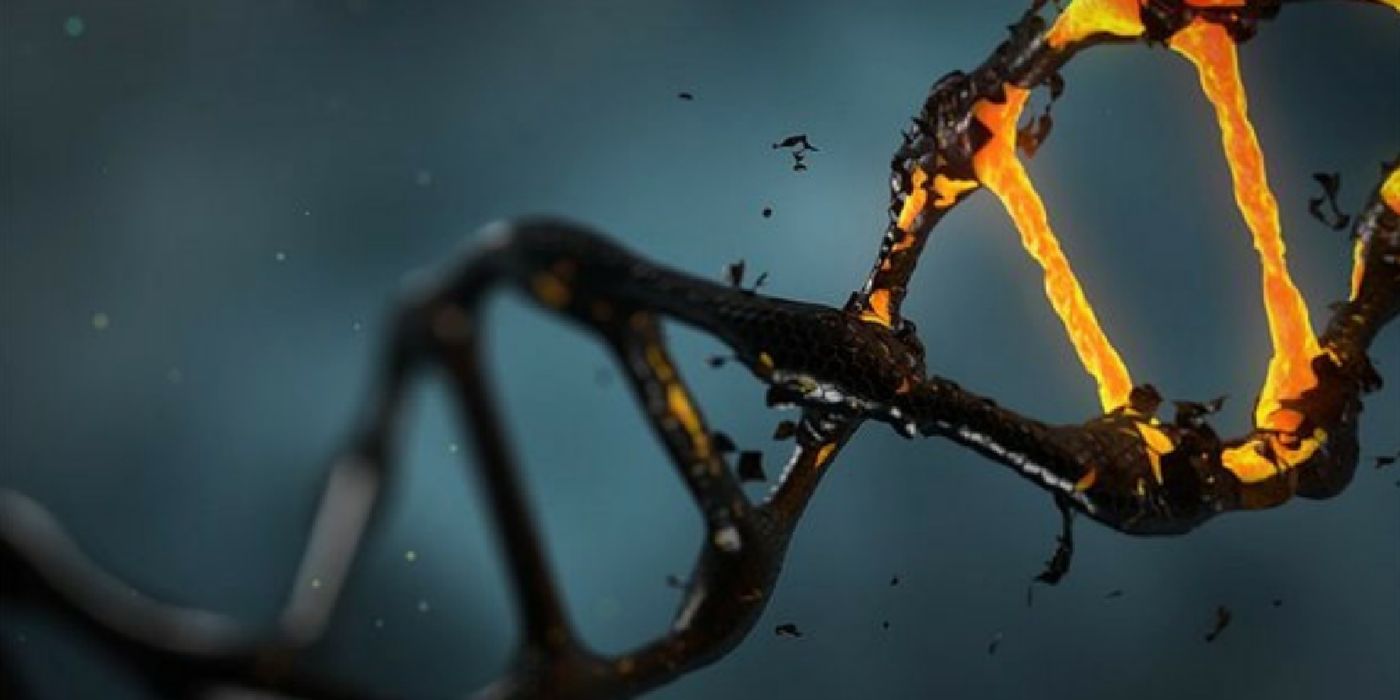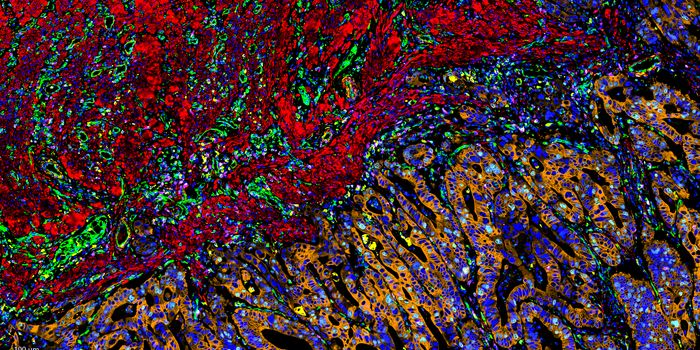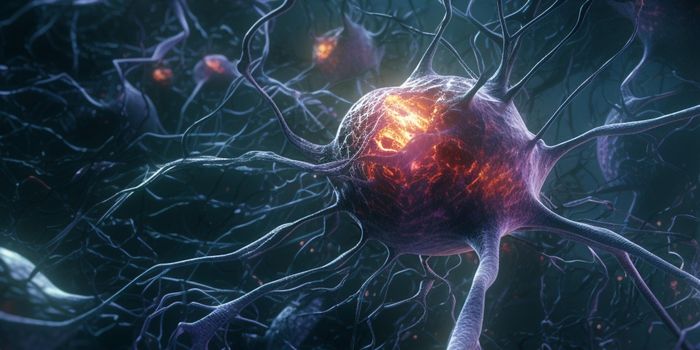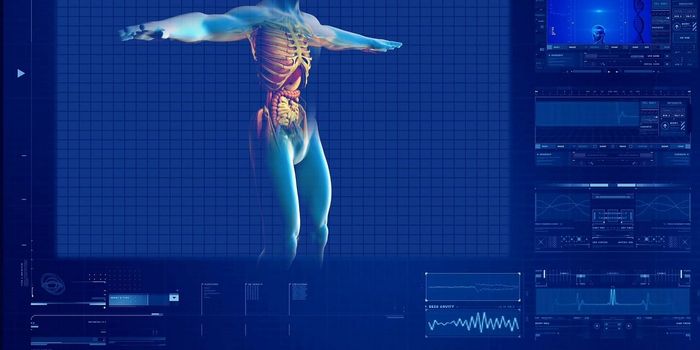Scientists ID New Immunotherapy Target for Pediatric Cancer
By scrutinizing the physical and genetic properties of neuroblastoma, researchers from the Children's Hospital of Philadelphia say they’ve found a new target for this devastating childhood disease.
Neuroblastoma is a type of cancer that affects nerve cells in the sympathetic nervous system (PNS). This cancer is one of the most common forms of childhood cancer, affecting infants and young children. It is rarely found in children older than 10 years.
Children diagnosed with high-risk neuroblastoma, indicated by onset under 5 years of age and metastatic potential, are treated with intensive chemotherapy, surgery, radiation, and even bone marrow transplantation. In contrast, for low-risk neuroblastoma patients, doctors may opt to continuously monitor the tumor with or without surgical intervention. This method of “wait-and-see” has 90 percent prognosis rate for low-risk patients, but some deadly relapses can occur.
"Our rationale was to identify a cell-surface molecule that an immune-based therapy could target without damaging healthy tissues," explains Dr. Kristopher Bosse, the study’s lead author.
They began by sequencing the RNA in 126 neuroblastomas, and comparing that data to normal tissues.
"Using this approach, we identified a protein called glypican-2, or GPC2," says Dr. Bosse. "GPC2 is one of a family of glypicans - cell-surface proteins that interact with growth factors and cell surface receptors, influencing many intracellular signaling pathways important in development and cancer." GPC2 also helps tumors to multiply and spread.
Given the cancer-promoting properties of GPC2, the team wondered whether a drug that blocks this protein could slow the growth of neuroblastomas. Because no such drug existed, the team had to design their own compound. The result was an antibody-drug conjugate (ADC), which contains a chemotherapy agent as well as an antibody that binds to GPC2.
In human cell culture studies and in mouse models, the compound swiftly killed neuroblastoma cell “with no discernible toxicities,” they wrote. Furthermore, the team wrote the compound "showed equal efficacy with a total of 26 of 27 mice across [...] three treatment cohorts with complete and sustained tumor regression over 8 weeks."
"These findings establish that this type of immunotherapy could be potentially safe and effective [...] We have built a strong foundation for developing a completely new and hopefully much less toxic treatment for neuroblastoma, the most common cancer in infants,” said Dr. John Maris, a pediatric oncologist at the Children’s Hospital of Pennsylvania, and the study’s lead author.
"Furthermore, our findings may also lend support to the development of other immune-based therapies, such as CAR T cells, in children with multiple aggressive cancers in addition to neuroblastoma," Dr. Maris adds.
"Our next steps will be to further evaluate this ADC and also develop other immune-based therapies directed against GPC2,” said Dr. Maris. "Because other glypicans in addition to GPC2 are overexpressed in other childhood cancers, it may also be possible to apply this approach across various types of high-risk pediatric cancers."
Additional sources: MNT









